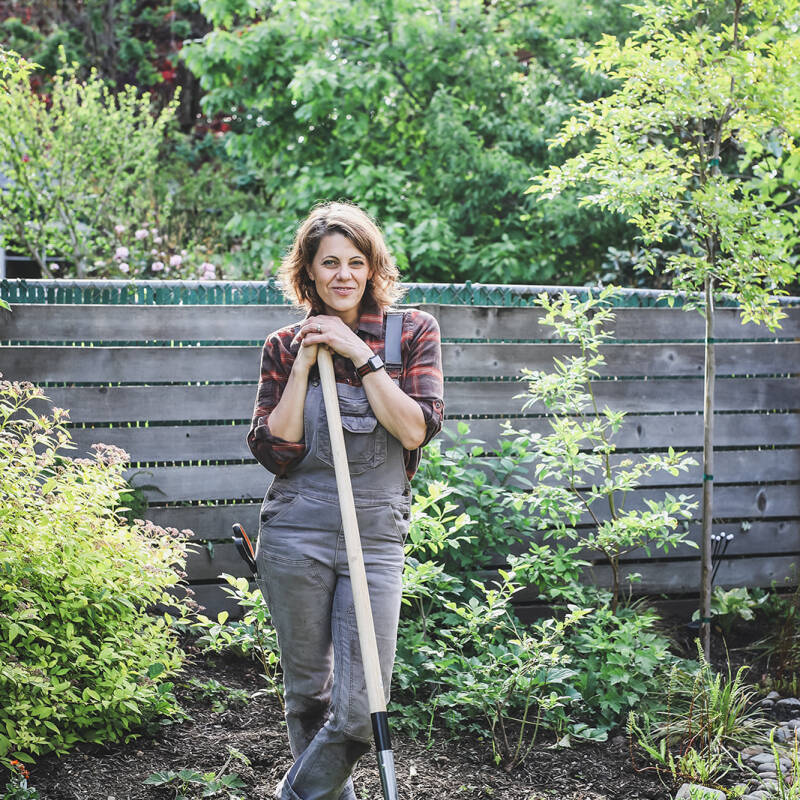I always thought those who lined their garden beds with straw were simply using it as a pathway material—a way to keep from sinking in rain-induced mud or thaw. Little did I know that smart gardeners use straw as a winter insulator for bulbs, vegetables, and perennials. Affordable, attractive, and effective. What’s not to like?
Photography by Matthew Williams for Gardenista.

Straw is coarse and good at trapping air, making it an effective soil insulator in the both the winter and summer months. The insulation layer it provides between the air and the ground protects the soil from temperature fluctuations, and the plants or bulbs from extreme cold or heat.


Many nurseries and garden centers carry straw in bags or bales. Be careful when purchasing, however, as straw sold as lawn seed mulch often contains bonding agents that you wouldn’t want in your garden.
In harsh winter conditions, straw can be used to keep the soil insulated, while a garden blanket draped over a support (put your summer vine Tuteurs to work) protects exposed plants from snow and ice.
For more winter plant protection see our round up of Plant Blankets.









Have a Question or Comment About This Post?
Join the conversation